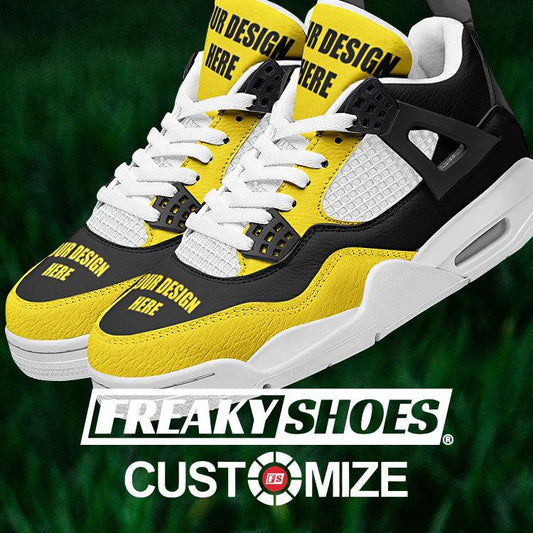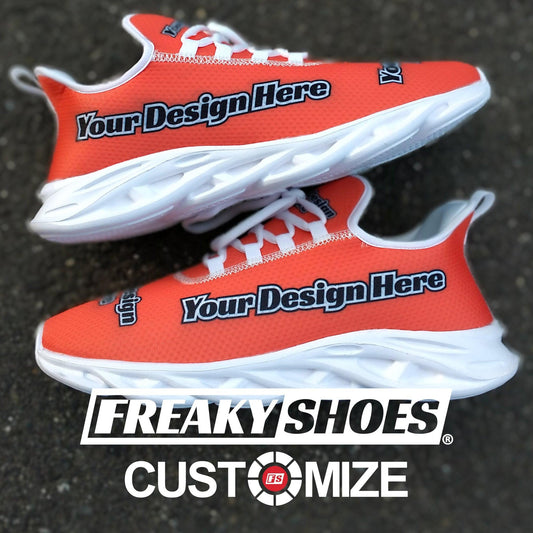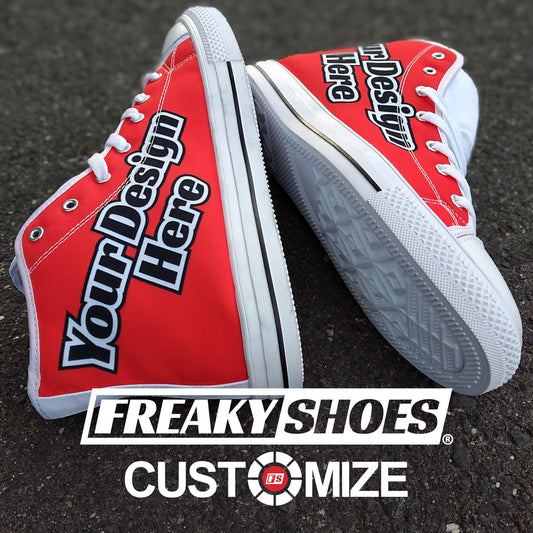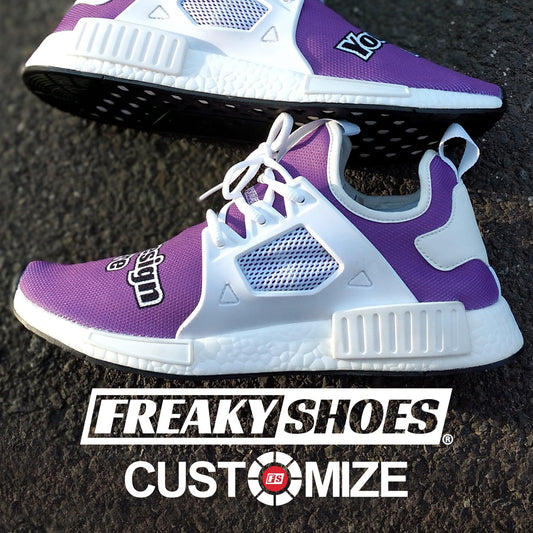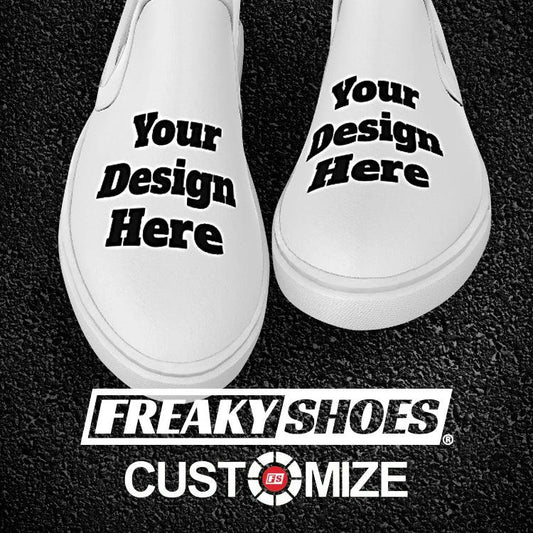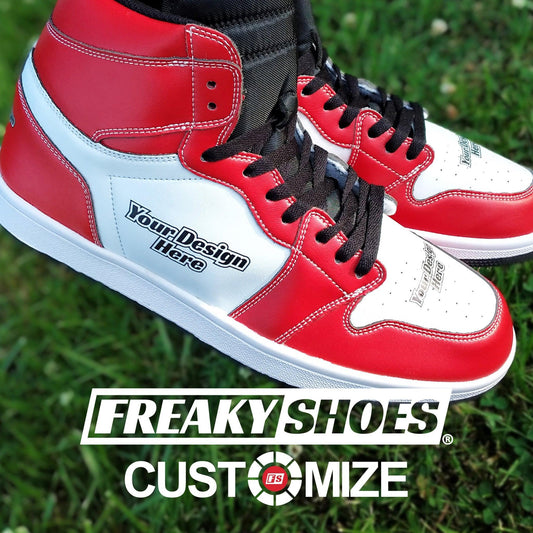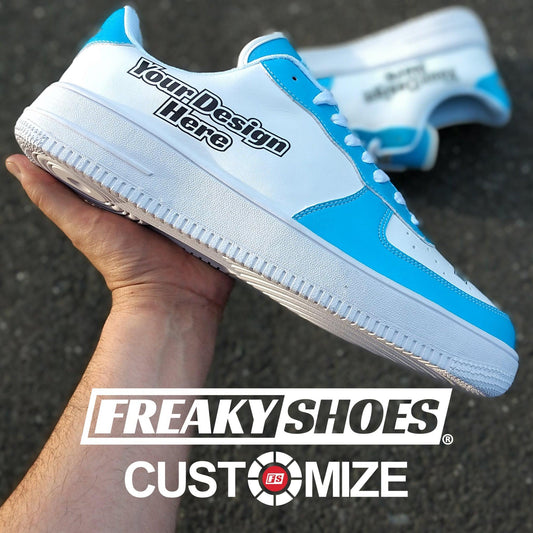Ever wondered, where are Hoka shoes made? Many runners are curious about this because a shoe’s origin can impact its quality.
Here’s a short answer: Hoka shoes are primarily made in China and Vietnam. These countries are known for their expertise in performance footwear manufacturing.
But how does Hoka maintain its quality despite outsourcing? And is there a chance production could move elsewhere?
Stick around—we’ll explain the truth about Hoka’s manufacturing, quality control, and future plans.
Key Takeaways
-
Hoka shoes are made in China and Vietnam.
-
The brand uses trusted third-party manufacturers for production.
-
Hoka follows strict quality control to ensure durability and comfort.
-
Advanced technology like 3D sole molding and automated stitching is used.
-
Manufacturing in Asia helps keep costs lower for consumers.
Where Are Hoka Shoes Made? (Know the Details)

Here’s the deal: Hoka shoes are made in China and Vietnam. These two countries handle most of the production because they have well-established footwear factories. Some models may also come from other Asian countries, but the majority are made in China and Vietnam.
We have worn Hoka shoes for years, and no matter where they were made, the comfort, cushioning, and durability were always the same.
Note that Hoka is an American brand, based in California. However, the company does not own factories. Instead, it partners with third-party manufacturers that specialize in performance footwear.
This is common among big shoe brands. Even companies like Nike, Adidas, and New Balance do the same.
If you care about where your shoes are produced, you might also be wondering are Hey Dude made in China or somewhere else. Understanding the manufacturing process can help you make more informed choices.
Why Does Hoka Prefer Asian Countries for Shoe Manufacturing?
Hoka manufactures in Asia because of the following reasons:
-
Lower costs
-
Skilled labor
-
Advanced technology
-
Strong supply chains
-
Strict quality control.
These factors allow Hoka to keep prices competitive while ensuring premium quality.
1. Lower Production Costs Keep Prices Affordable
Hoka shoes would cost twice as much if they were made in the USA or Europe. According to experts, Labor costs in Western countries are much higher than in Asia. By manufacturing in China and Vietnam, Hoka keeps its shoes affordable without sacrificing quality.
For example, the average wage for a factory worker in Vietnam is around $300 per month, while in the USA, it’s over $3,000 per month. This massive difference is why most global brands choose Asian manufacturing.
But it's not just about wages. Material costs are also lower in Asia because the supply chain is already there. Hoka doesn’t have to import materials from different parts of the world, which helps reduce costs further.
2. Skilled Workers Ensure High-Quality Shoes
China and Vietnam have some of the best-trained workers in the shoe industry. Many of these workers have spent years perfecting their craft. They know how to make lightweight, cushioned, and durable shoes.
Big brands like Nike, Adidas, and Puma also manufacture in these countries for the same reason—the workforce knows exactly how to make high-performance shoes.
3. Advanced Technology Improves Comfort and Durability
Hoka’s factories use cutting-edge technology to make shoes lighter, softer, and longer-lasting. Some of the advanced techniques used include:
-
Precision cutting for a perfect fit
-
3D sole molding for better cushioning
-
Automated stitching for extra durability
Many factories in China and Vietnam now use robot-assisted production lines, which reduce human error and ensure every pair is made to the same high standard.
4. Strong Supply Chains Keep Production Fast and Smooth
Hoka shoes require special materials like lightweight EVA foam, breathable mesh, and durable rubber. These materials are readily available in Asia, making production faster and reducing shipping delays.
For example, most high-quality EVA foam (used in midsoles) is made in China. Since Hoka’s factories are already there, they can source it quickly and keep production running smoothly.
If Hoka were to manufacture in the USA, they would still need to import these materials from Asia, adding time and cost.
By keeping everything in one region, Hoka ensures faster production and lower costs.
Just like Hokas, many people are curious about where Nike shoes are made, especially since Nike is one of the biggest global footwear brands.
Should You Worry About Where Hoka Shoes Are Made?
No, you should not worry about where Hoka shoes are made. Why? Because Hoka maintains high-quality standards, no matter where their shoes are manufactured. We’ve tested Hokas made in both China and Vietnam, and they have always been comfortable, durable, and well-made.
If you’re looking for a lightweight, cushioned, and reliable shoe, Hoka is still one of the best choices, no matter where it’s made.
How Hoka Maintains Quality in Overseas Manufacturing?
Hoka maintains high-quality standards in overseas manufacturing by using:
-
Strict quality control
-
Advanced technology
-
Trusted factory partnerships.
Moreover, Hoka works with experienced manufacturers in China and Vietnam that specialize in performance footwear. These factories follow international safety and quality standards.
The brand also uses precision technology like 3D sole molding and automated stitching to keep its shoes consistent.
Plus, even though the shoes are made overseas, Hoka has teams that oversee production, inspect materials, and ensure ethical labor practices. This attention to detail helps Hoka maintain its reputation as a premium running shoe brand.
Future of Hoka Manufacturing
Hoka’s manufacturing will likely remain in Asia, but we could see expansion to other regions as demand grows. The brand has rapidly gained popularity, and to keep up, it may explore new factory locations.
Another possibility is regional manufacturing hubs. If demand increases in Europe or North America, Hoka might open smaller production facilities closer to those markets. This would reduce shipping times and environmental impact.
Who is the Owner of Hoka? (Find Out)
Hoka is owned by Deckers Outdoor Corporation, a footwear company based in California, USA. Deckers acquired Hoka in 2013, helping it grow from a niche running brand to a globally recognized name.
Deckers is also the parent company of UGG, Teva, and Sanuk. While UGG is famous for cozy boots, Hoka has become its fastest-growing brand, thanks to its reputation for cushioned and supportive running shoes.
Since Deckers took over, Hoka has expanded worldwide, launching new models for runners, hikers, and even casual wearers. The brand’s aggressive growth strategy has made it a top competitor against Nike, Adidas, and Brooks.
History of Hoka Explained

Hoka, officially called Hoka One One, started in 2009 when two French trail runners, Jean-Luc Diard and Nicolas Mermoud, wanted to create a better running shoe. They saw a gap in the market—most running shoes were either too minimalistic or too heavy. So, they designed a max-cushioned shoe that could absorb impact while remaining lightweight.
Their first shoe featured an oversized midsole with extra cushioning, something that was unheard of at the time. The design helped runners move faster downhill while reducing strain on their joints.
While traditional runners were skeptical at first, ultra-marathoners and trail runners quickly embraced the extra comfort.
By 2013, Hoka had caught the attention of Deckers Outdoor Corporation, which saw its potential and acquired the brand.
Under Deckers, Hoka went from a small, specialty brand to a global powerhouse. The company invested in marketing, research, and retail expansion, making Hoka available in major sports stores worldwide.
The brand also introduced lifestyle and walking shoes, attracting a broader audience beyond just runners.
Today, Hoka is known for its:
-
Signature thick soles
-
Meta-Rocker technology
-
Plush cushioning.
Whether you're a marathon runner, a hiker, or just someone looking for comfortable shoes, Hoka has become a go-to choice for foot support and performance.
Hoka vs Other Brands: Where They Make Shoes?
Most major shoe brands manufacture in Asia, but some brands have factories in other regions. Here’s a breakdown of where Hoka and its competitors make their shoes:
|
Brand |
Main Manufacturing Countries |
|
Hoka |
China, Vietnam |
|
Nike |
China, Vietnam, Indonesia |
|
Adidas |
China, Vietnam, Indonesia, India |
|
Brooks |
Vietnam, China |
|
New Balance |
USA, UK, Vietnam, China |
|
ASICS |
Vietnam, China, Indonesia |
|
Saucony |
Vietnam, China |
Hoka follows the same manufacturing strategy as Nike, Adidas, and Brooks, relying on Asian factories for cost-effective production and advanced footwear technology. However, brands like New Balance still produce some shoes in the USA and UK, which is rare in today’s market.
Even though most of these brands manufacture overseas, they all maintain high-quality standards through strict quality control and advanced production methods.
Final Words
To sum up:
-
Hoka shoes are made in China and Vietnam, ensuring efficiency and affordability.
-
The company follows strict quality control, so every pair meets high standards.
-
Manufacturing choices help keep prices fair while delivering premium performance.
-
Hoka’s future may include more eco-friendly materials and production methods.
-
No matter where they are made, Hoka remains a top choice for runners and casual wearers alike.
Remember: If you love comfort, performance, and durability, Hoka is a brand worth trusting.











